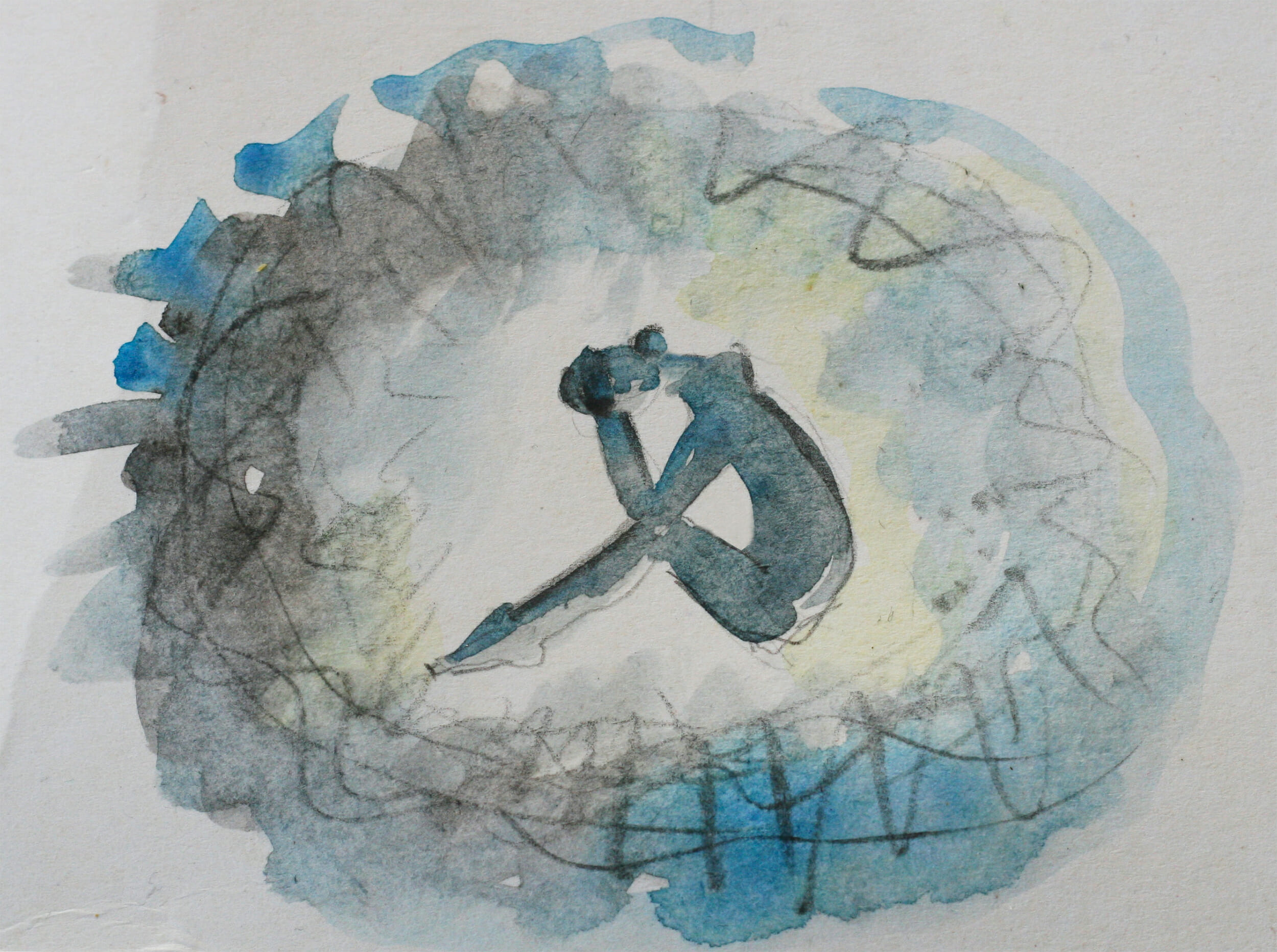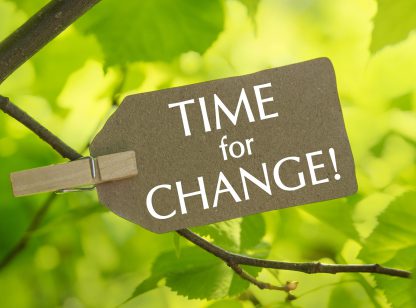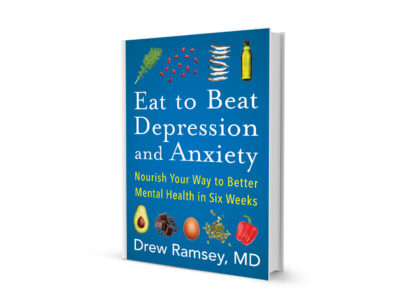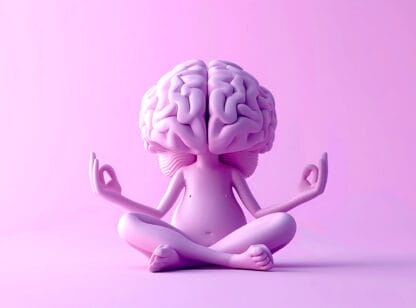We all have a backstory; experiences that make us who we are today including the good, bad and ugly. However, there are many who keep their innermost secrets of emotional/sexual grief, loss and traumas silent, deeply hidden somewhere in the darkness only to pop up when triggering events occur. Even then, without conscious awareness, past traumas are conveniently shoved down into the abyss of denial, justifications, rationalizations and self-protection. That is, until the pain can no longer be ignored; relationships begin to suffer and bouts of anxiety and/or depression can appear that impact lives and functioning.
Bracha Goetz, Harvard educated author of more than 40 books including Don’t Read This Book, which encourages children to outsmart their inner adversary, states, “Often, well-meaning people are not able to understand why many survivors of abuse are not able to just get
over it…. Traumatic experiences remain encoded in a primitive part of our brain, the amygdala, which automatically goes into ‘fight or flight’ mode when triggered by certain stimuli, even decades later…” Sensory experiences such as footsteps coming into a room, a song heard on the radio, even a place or food can elicit an autonomic response linked to an abuser that floods the body with terror.
For people who have been traumatized, fear is the most overwhelming feeling that can remain for a very long time. It can create feelings of helplessness, panic, mistrust, an inability to connect with others, issues with intimacy (IN-TO-ME-SEE), love and well-being.
In a Psychology Today article entitled, “Alive in the Body: Healing Trauma and Emotional Overwhelm Through Somatic Experiencing,” author Sergio Ocampo, LMFT posits, “Clearly, the true sources of anxiety, depression and other emotional conditions live more in the body than in the thinking brain… Trauma and overwhelm inevitably keep accumulating until a person takes appropriate steps to resolve them. Body-centered practices such as somatic experiencing serve as powerful and invaluable therapeutic interventions that can provide great relief from physical suffering, eventually allowing the client to attain happiness, life purpose and a sense of being alive.”
There is hope, and there is help. You can heal.
- Your pain is real. It is important to identify in which self the pain lives: the wounded child/teen self or the core adult self. Once identified, it is empowering to realize the trauma can be contained and the authentic adult self can begin to shine without the looming presence of early traumatic events. Any single life event need not define you permanently and keep you from becoming a whole and healthy functioning adult.
- Give yourself compassionate time to mourn the loss of your innocence. It’s okay to grieve in order to move on and move forward.
- Reach out. We were created to help others and do random and conscious acts of kindness.
- Focus on living in the moment. All you have to do is show up and be present.
Allowing yourself to step into a new and healthier reality from a traumatic past is a bit like zip-lining. It may be difficult to take that first step off the platform and trust that on the other side of the dense foliage is another platform, but it is there. You just have to take the first step.
Dr. Amy Austin is a licensed marriage and family therapist (MFC# 41252) and doctor of clinical psychology in Rancho Mirage. Dr. Amy can be reached at (760) 774.0047.














































Comments (0)